
No matter where you live, you’ve probably noticed that the popularity of e-bikes is surging. And the segment of the population that rides e-bikes is getting broader, too.
Everyone’s getting on board, from seniors to young families to sports cycling enthusiasts. In at least one country, e-bikes now make up the majority of bicycles sold.
If you're new to e-bikes, you probably have a few questions—like, are e-bikes really worth the hype? And are they here to stay, or just another trend?
Read on to learn the answers to some of the most commonly asked questions about e-bikes.

Are e-bikes good exercise?
One of the main benefits of cycling is all the exercise it adds into your day. Who hasn't seen a lean, fit-looking bicycle commuter whizzing by and thought ... "I should really get on my bike more"?
Since the whole point of an e-bike motor is to make pedaling easier ... and exercise is supposed to be hard, unpleasant work ... many people assume e-bike riders aren't getting the same fitness boost as conventional cyclists.
Some people even say that e-bike riders are cheating.
In fact, studies have shown that the opposite is true—e-bike riders actually get more exercise than conventional cyclists.
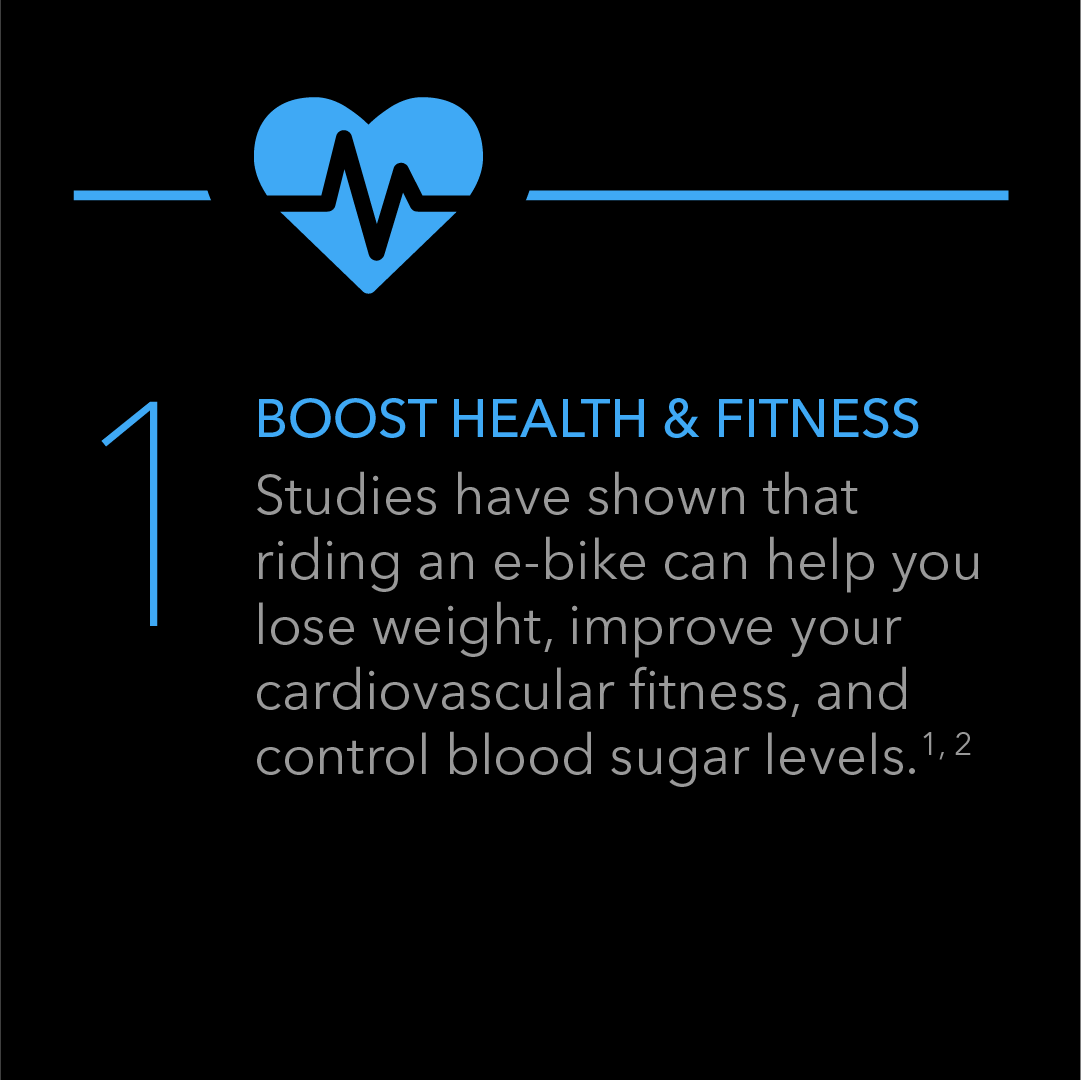
The reason is pretty simple. Riding an e-bike is super fun, so e-bike owners ride further and more often—which adds up to more aerobic exercise overall.
And that comes with all the health bonuses you'd expect. Researchers have found that e-biking can help you lose weight, improve your cardiovascular fitness, and control your blood sugar levels.
Starting to sound like a pretty good investment, right?
Can e-bikes go up steep hills?
Okay, so we've established that e-bikes aren't cheating, per se, but what about those times when you'd love to have a shortcut? Like say, that giant hill standing between you and cycling to work every day?
This one's easy: e-bikes can go up steep hills.
Even though pedelec bicycles like the Tern HSD require you to pedal continuously, the motor system is powerful enough to make hill-climbing awfully easy.
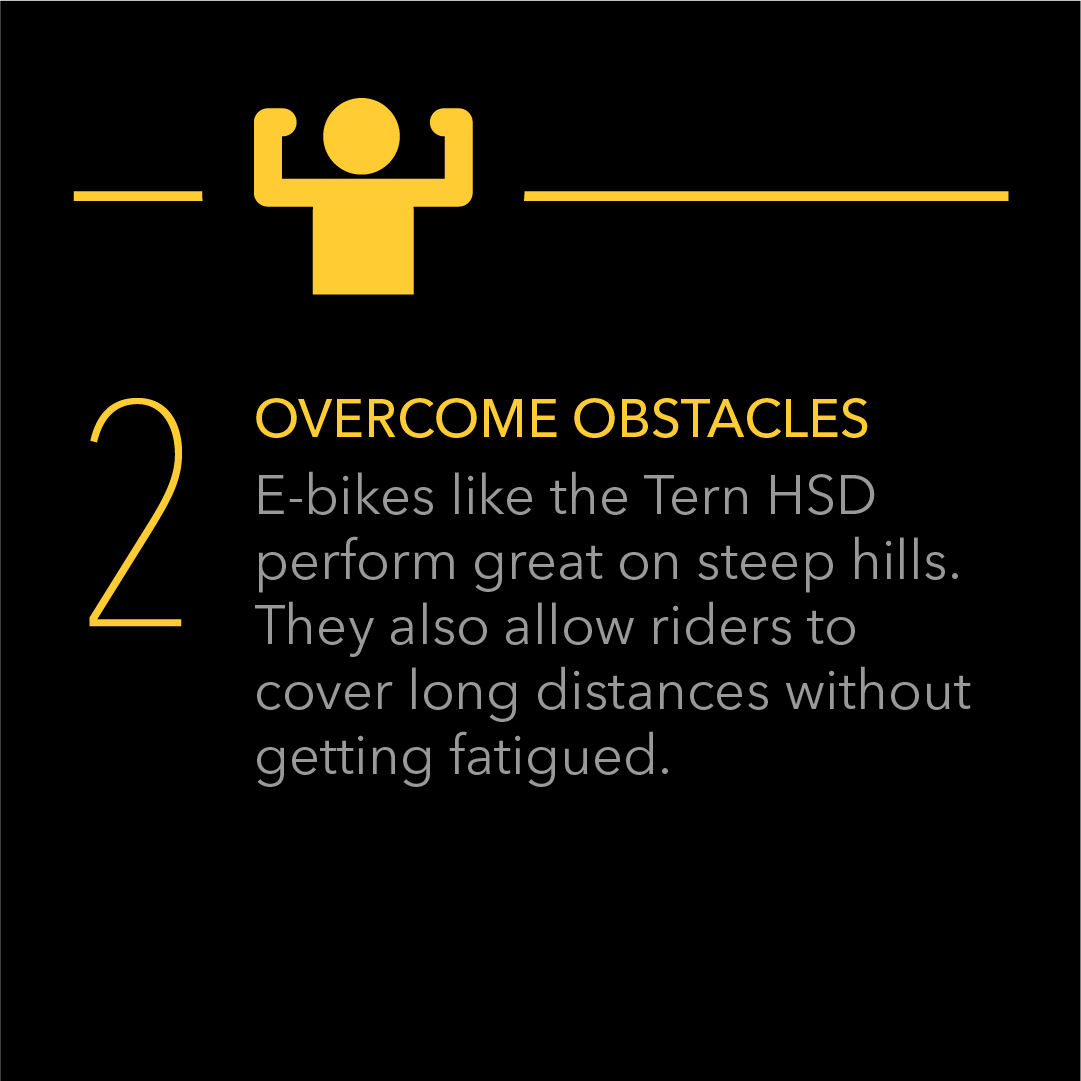
Even in very hilly areas—think San Francisco—you'll be able to maintain a faster speed with much less effort than on a conventional bike.
Of course, if you're in the mood for a workout, you can always turn the e-assist down a notch and use more of your own power to climb.
And e-bikes' hill-climbing superpowers feed right back into their overall health benefits. Wouldn't you ride your bike more often if you had an optional "easy mode" for steep climbs?
Can an e-bike replace a car?
Whether an e-bike can replace a car depends on your lifestyle—but it's probably way more possible than you think.
If you purchase a high-quality e-bike with significant cargo capacity, you should be able to run most of your everyday errands by bike.
And for many people, e-bikes make bicycle commuting more do-able. E-bikes make it easier to cover long distances by bike, and they let you do it without donning fancy cycling gear and getting sweaty. In most climates, you won’t need a shower when you get to work.
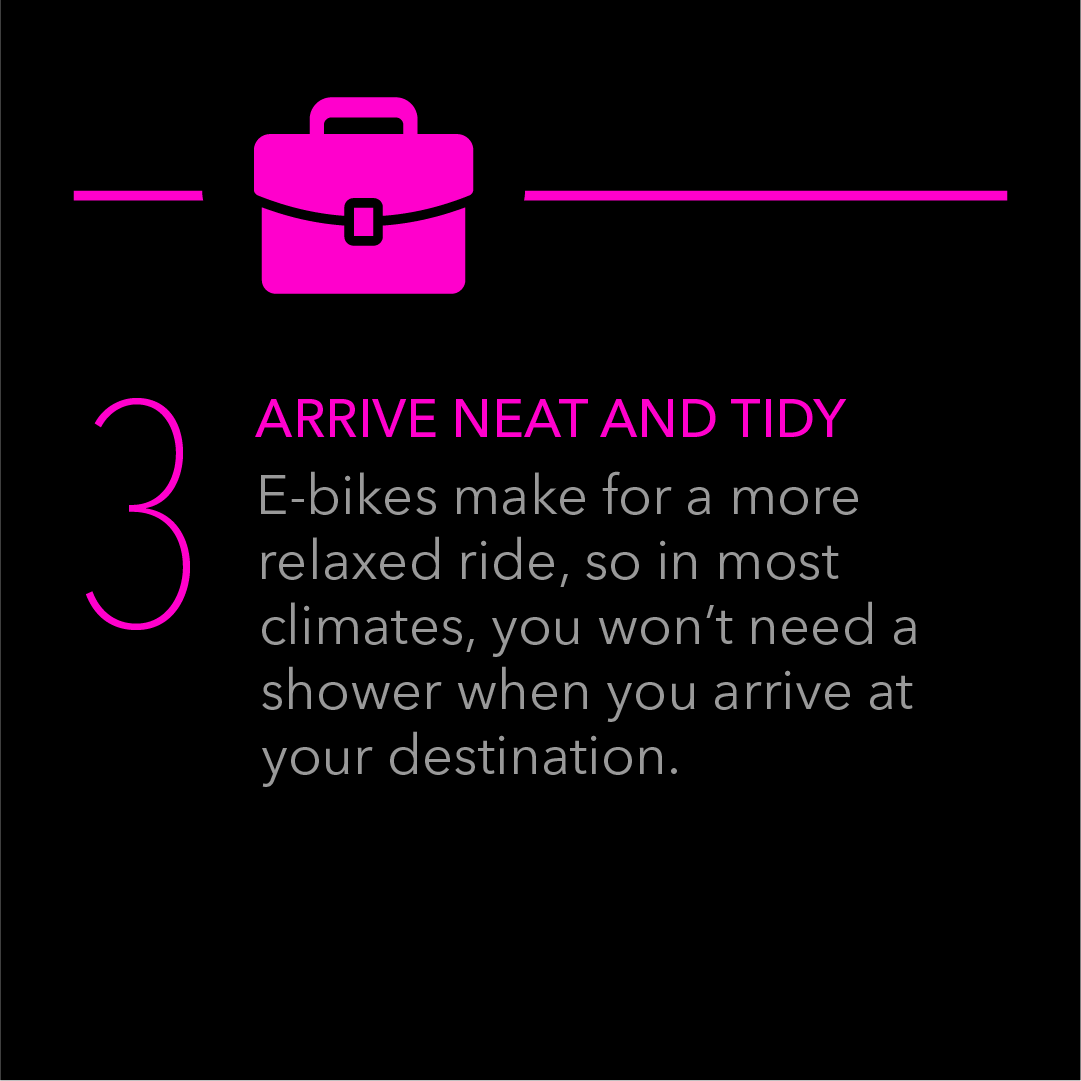
27% of non-cyclists who bought an e-bike switched to bicycle commuting for work, and the ability to look presentable on arrival is a big reason why. (The fact that commuting by e-bike is often faster than driving doesn’t hurt, either.)
Can anyone ride an e-bike?
We hear from a lot of people who used to cycle regularly, but fell out of the habit because of an injury, illness, or just getting older. More times than you can count, these folks have told us that an e-bike changed their lives by letting them ride again.
Because they don't require as much strength and endurance as conventional bikes, e-bikes make bike commuting and recreation available to many more people. They also allow riders of different fitness levels to ride together.
E-bikes can be lifesavers for those who can't get around town on foot but can cycle with assistance. Especially in dense urban areas, being able to park your bike right next to your destination can greatly enhance your mobility.
Put simply, e-bikes level the playing field by making cycling an option for a broader segment of the population.
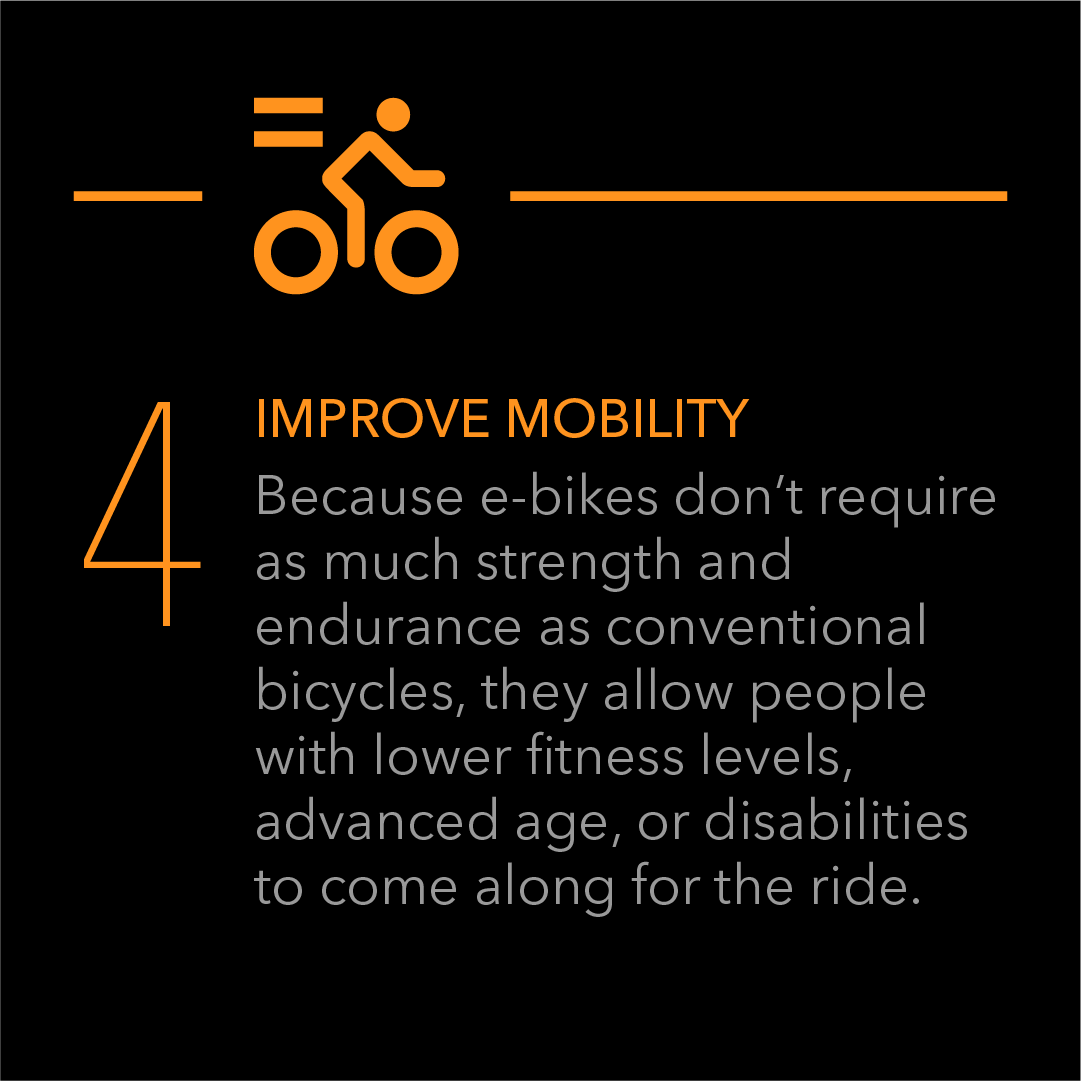
Are e-bikes environmentally friendly?
Yes!
In a 2018 survey, e-bike owners said that 76 percent of their trips via e-bike would have otherwise been made by car.
Since e-bikes produce less than 1/10 the carbon emissions of cars (including during battery charging), riding an e-bike slashes your production of greenhouse gases. Every time you replace a car trip with an e-bike ride, you're helping to combat climate change and air pollution.
One study found that, on average, an e-bike will reduce an individual's emissions from transportation by at least 0.21 metric tons CO2 per year.
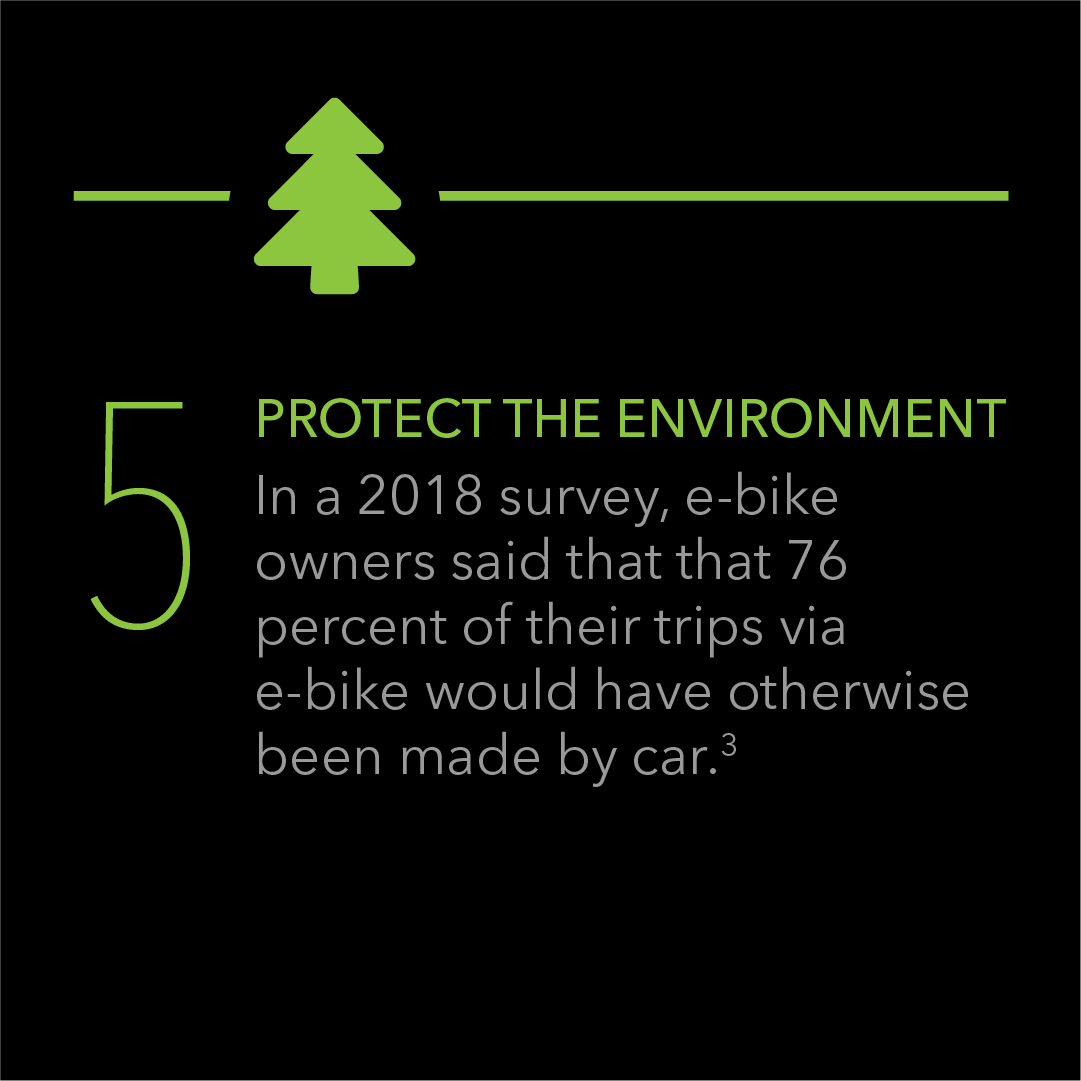
Bonus question: Is the "e-bike smile" a real thing?
Yep, 100%.
The best way to learn more about that is to visit your local e-bike dealer for a test ride. Then you'll really get it!
Find your nearest Tern dealer here.
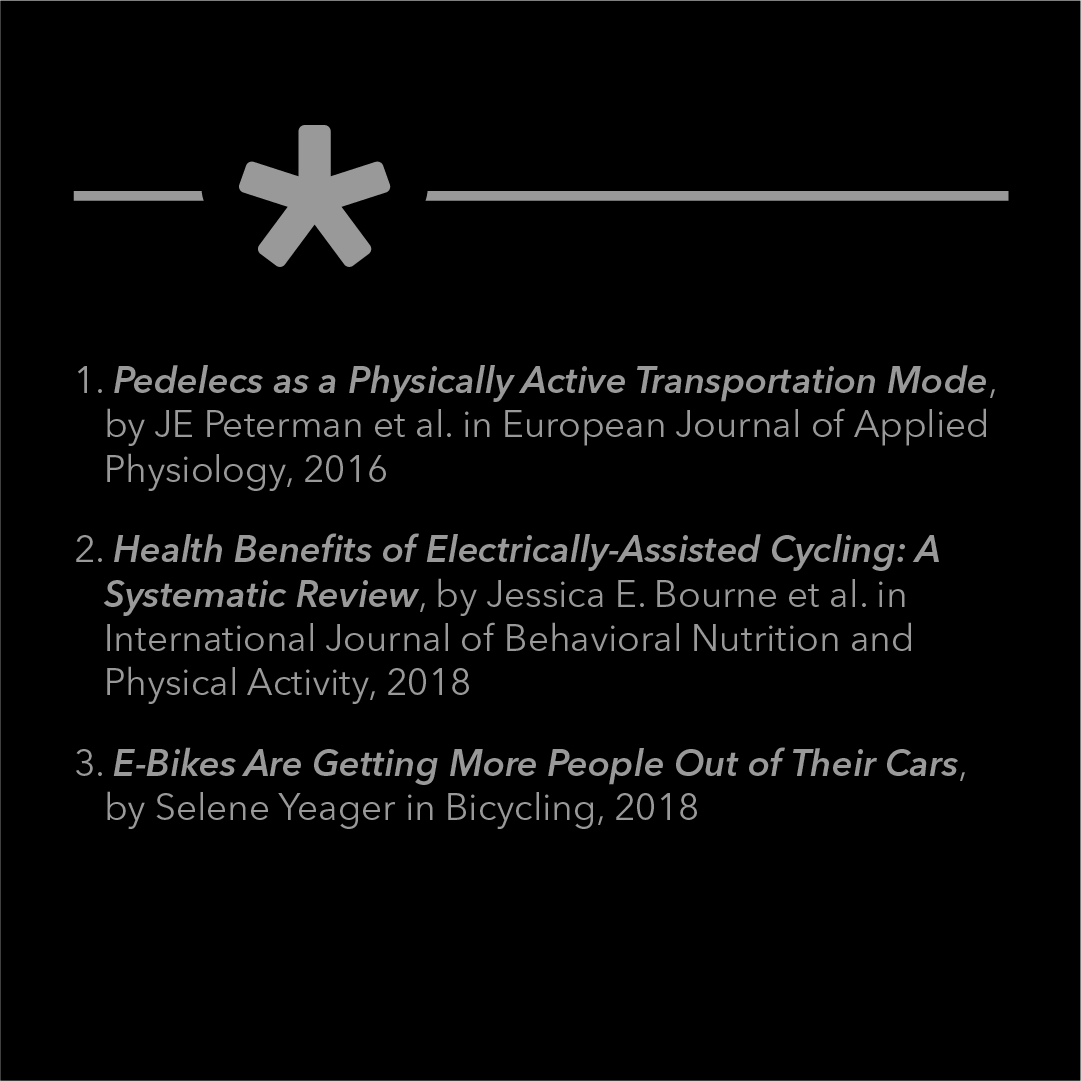 1. Pedelecs as a Physically Active Transportation Mode
1. Pedelecs as a Physically Active Transportation Mode
2. Health Benefits of Electrically-Assisted Cycling: A Systematic Review
3. E-Bikes Are Getting More People Out of Their Cars
